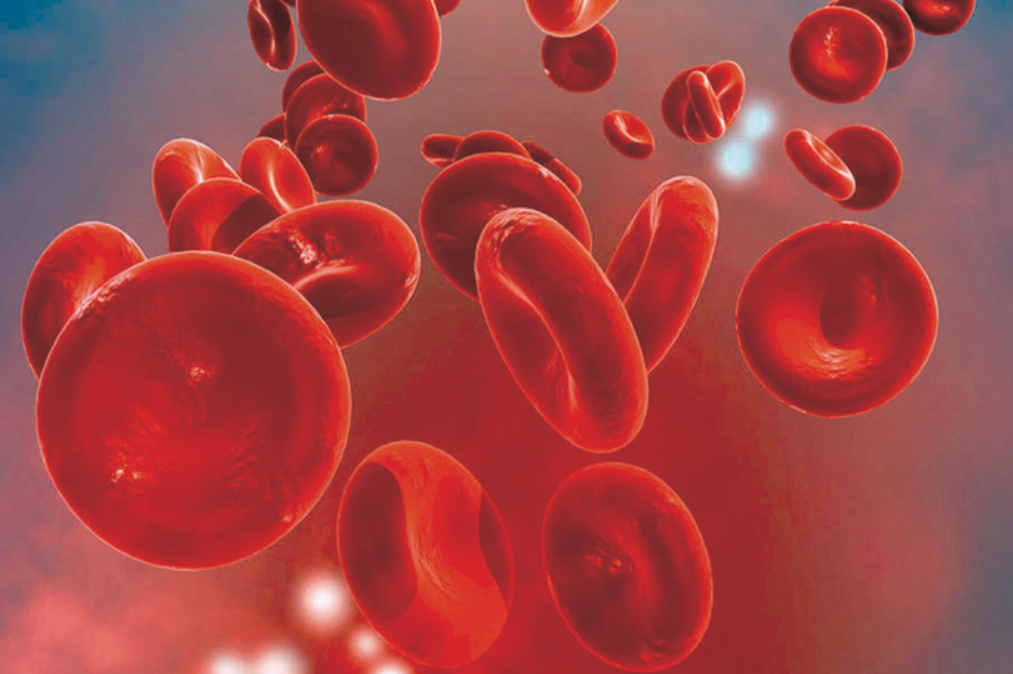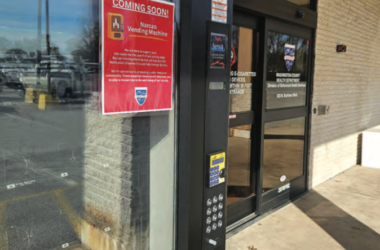by Kate Evans
Wintertime poses the greatest risk of carbon monoxide poisoning due to the use of gas-powered furnaces and dangerous sources of alternative heat and power used during power outages. Keep your family safe from carbon monoxide poisoning by following this information and these safety tips.

photo source – The Centers for Disease and Prevention
Carbon monoxide
Carbon monoxide (CO) is an invisible, odorless, colorless gas that can quickly and silently kill if it builds up inside your home or business. High levels of the gas prevent oxygen from getting to body organs and tissues and cause unconsciousness and death. Carbon monoxide can’ t be seen, smelled or heard.
Carbon monoxide can build up indoors from gas or oil-burning furnaces, wood stoves, fireplaces, portable generators, gas ranges, kerosene heaters and lanterns, small gasoline engines, propane stoves or charcoal grills. Starting vehicles, ATVs or small engines in an attached garage can produce dangerous levels of carbon monoxide, even if the garage door is open.
CO statistics
Every year around 430 people die from unintentional carbon monoxide poisoning every year across the United States and approximately 50,000 are seen in the emergency room for carbon monoxide poisoning, according to Centers for Disease Control and Prevention (CDC) information.
A Minnesota family of seven died right before Christmas in 2021 from apparent accidental carbon monoxide poisoning. Police weren’t sure at the time if it was from a faulty furnace or a vehicle left running in the garage.
A family of seven in Colorado was nearly killed by carbon monoxide from a faulty furnace in early December 2021.
Families have also died from carbon monoxide poisoning from using a generator inside the home or trailer for heating and power, which should never be done.
A Great Cacapon family of three and their four dogs nearly died in June 2019 from carbon monoxide poisoning from a gas generator being used inside their basement for electricity.
Symptoms
The most common symptoms of carbon monoxide poisoning include headache, nausea, vomiting, fatigue, dizziness, chest pain, confusion and weakness. High levels of carbon monoxide inhalation can cause loss of consciousness and death, according to the CDC. Carbon monoxide poisoning can seem flu-like and is difficult to diagnose unless suspected.
When carbon monoxide is inhaled, it replaces the oxygen in the blood. People that are sleeping or that have been drinking alcohol can die from carbon monoxide poisoning before they ever have symptoms.
While everyone is at risk, infants, pregnant women, unborn babies and people with emphysema, asthma, anemia and chronic heart disease are more susceptible to the effects of carbon monoxide poisoning, said information from the CDC and the National Fire Protection Association.
Prevention tips
Never use a generator inside your home, basement or garage or less than 20 feet from a window, door or vent.
Look for portable generators that shut off automatically when high levels of carbon monoxide (CO) are present. Some models with CO shut-off also have reduced emissions, according to the U. S. Consumer Product Safety Commission.
Never use a gas range or oven for heating inside your home, cabin or camper.
Never use a charcoal grill, a barbecue grill or a portable camp gas stove indoors.
Never use a charcoal grill, hibachi, lantern, or portable camping stove inside a home, tent, or camper.
Never use an unvented gas or kerosene heater indoors.
Have your chimney checked and cleaned every year. Chimneys can be blocked by debris and cause carbon monoxide buildup in the home.
Have heating systems, water heaters and other gas, oil or coal-burning appliances serviced by a qualified technician every year.
Vent all gas appliances so carbon monoxide doesn’t build up in your home, cabin or camper.
Never patch a vent pipe with tape, gum or other material.
Back your vehicle or equipment out of the garage and let it warm up outside. Never run a vehicle inside a house garage with the garage door shut.
Have a mechanic check your vehicle’s exhaust system every year for leaks that could cause a buildup of carbon monoxide inside your car.
Carbon monoxide detectors
CDC, health department and fire department officials advise installing at least one battery-operated or battery backup carbon monoxide detector in a central location outside of sleeping areas in your home for safety on each floor level. Link all of your carbon monoxide detectors together in series so if one sounds, they all sound.
Check or replace the carbon monoxide detector batteries every six months when you change your clocks each spring and fall at time change. Also change the batteries for your smoke detectors at the same time.
If your carbon monoxide alarm goes off, call 911 and evacuate your home immediately to a fresh air location outdoors.
Seek prompt medical attention if you suspect carbon monoxide poisoning and are feeling dizzy, light-headed, or nauseated.



